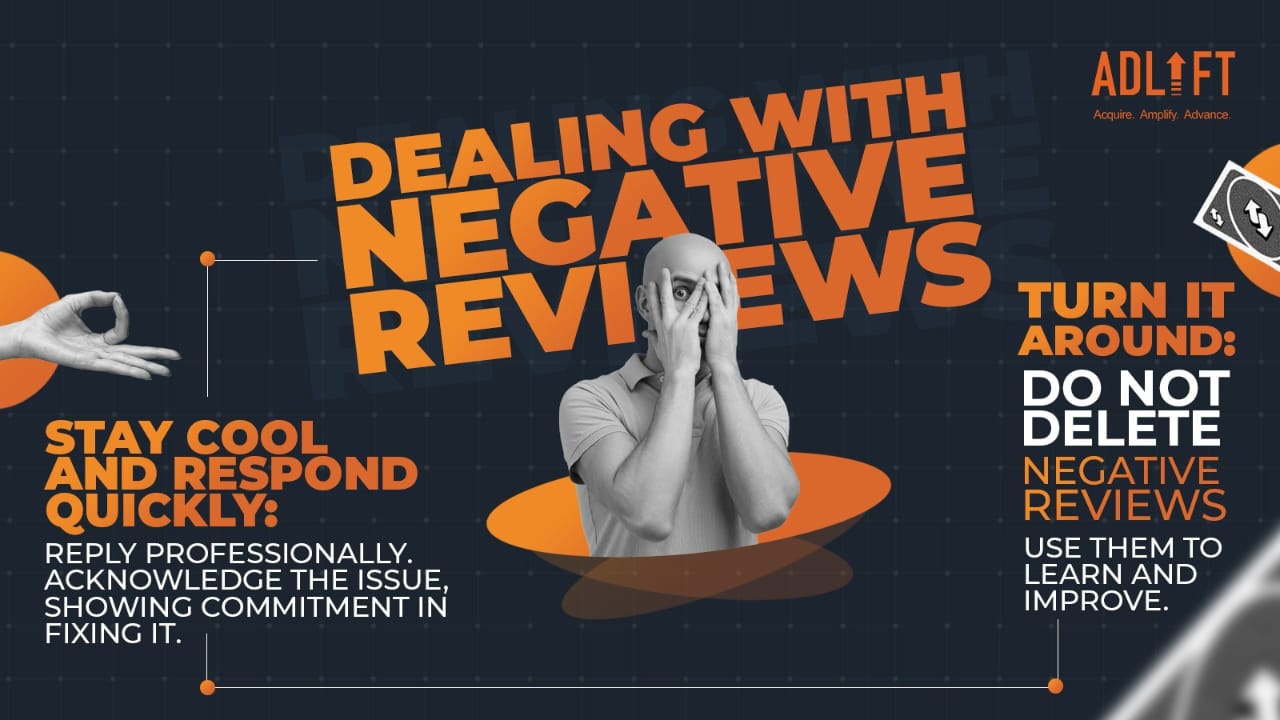Learn How Customer Reviews Helps in Conversion

The amount of options in today’s dynamic digital marketplace can often leave you feeling confused and uncertain. Customer reviews can be your compass in a sea of choices. Just a quick click reveals the experiences and opinions of fellow consumers. These genuine insights can help you gauge the quality and trustworthiness of products and services.
In this blog, we’ll dive into how customer reviews can fuel conversions. We’ll also share tips for effectively leveraging reviews, handling negative feedback, and ensuring authenticity while adhering to legal guidelines. Let’s embark on this enlightening journey together!
How Customer Reviews Lead to Conversions
Let’s start with the basics and understand what exactly is “conversion” In simple terms, it’s when someone who might buy something actually does. That’s a conversion – turning a potential customer into a paying one. And guess what? Customer reviews play a huge role in this process. When you see positive reviews for a product or service, it’s like getting a thumbs-up from people who’ve been there, done that. It’s like they’re saying, “It’s good, go for it!”
Reviews are like a reality check. They tell you if a product or service lives up to the hype. You can read about how people like you found it useful (or not), and that helps you make a smarter choice. However, negative reviews aren’t all bad. They give businesses a chance to step up their game and show they’re serious about keeping their customers happy.
Moreover, the conversion rate is significantly higher if businesses use Google customer reviews. The trustworthiness associated with Google’s platform enhances the credibility of reviews. If you use Google customer reviews to display client reviews you are more likely to experience improved search engine ranking, as search algorithms take positive reviews into account.
Strategies for Collecting and Utilizing Customer Reviews
Now, onto the million-dollar question: How do you gather and use customer reviews to your advantage? Here’s your game plan:
Getting The Reviews:
- Timing is Everything: Drop a review request in your customer’s inbox shortly after their purchase or interaction. Fresh experiences mean detailed and genuine reviews.
- Sweeten the Deal: Offer a little something in return for their time. Discounts, freebies, exclusive content – a small gesture goes a long way!
- Don’t Stick to One Channel: Get creative with how you ask for reviews. Emails, social media shout-outs, or even old-school methods like receipts or packaging inserts – cast your net wide.
Using Those Reviews:
- Give ’em the Spotlight: Show off your customer reviews on your website where they’re easy to spot – product pages, landing pages, or even dedicated testimonial sections.
- Diversity is Key: Showcase a mix of reviews – the good, the bad, and everything in between. It makes you look authentic and shows that you value all feedback.
- Address the Bad: If you get negative reviews (and you will), respond professionally and work towards a solution. It shows you care about your customers.
- Turn Reviews into Testimonials: Exceptional reviews? Turn them into powerful testimonials on your website or in your marketing materials.
- Encourage User-Generated Content: Ask customers to share their experiences on social media with a branded hashtag. It’s like free advertising!
- Showcase Long-Term Impact: Share stories of customers who’ve benefited from your product/service over time. It’s a great way to highlight your long-term value.
Dealing with Negative Reviews
- Stay Cool and Respond Quickly: Reply professionally. Acknowledge the issue, showing commitment in fixing it.
- Turn it Around: Do not delete negative reviews; use them to learn and improve.
Ensuring Authenticity of Reviews
Authenticity is most important when it comes to client reviews. We all know that fake, manipulated, or inorganic reviews can spell disaster for a business. Not only do they dent your reputation, but they can land you in some legal problems.
So, what can you do to such situations?
First off, set some ground rules. Strict guidelines for submitting reviews can help make sure they’re genuine. Secondly, you might want to consider adding some “proof of purchase” flair to your reviews. Think verified purchase labels or linking reviews to real customer accounts. It adds that extra layer of credibility that can really make a difference.
Compliance with Legal Regulations
As customer reviews take on a more significant role in the marketplace, there are legal considerations that need to be addressed. First and foremost, businesses must be transparent in their approach to collecting and using customer reviews. This is especially important when offering incentives for reviews, which must be disclosed to maintain integrity.
Moreover, the content of reviews should be genuine and free of fraudulent or misleading information. It’s essential for businesses to adhere to consumer protection laws to avoid legal consequences, financial penalties, and damage to their reputation. Relying on organically collected customer reviews is key to ensuring compliance and operating ethically within the legal framework.
Being proactive in adhering to these guidelines not only safeguards your business but also helps build trust with customers and supports ethical operations.
Tools and Platforms for Managing Customer Reviews
With the influx of customer reviews, businesses can benefit from utilizing tools and platforms that streamline review management. Here are some tools and platforms to consider:
- Review Platforms: Google My Business can be used to respond to reviews and manage overall ratings.
- Social Media Management Tools: Hootsuite manages and responds to reviews across different social media platforms in one place.
- Review Management Platforms: Trustpilot allows businesses to gather, manage, and respond to online customer reviews.
- Feedback Collection Tools: SurveyMonkey and Typeform are reliable tools that gather customer feedback through surveys to understand customer experiences better.
- Analytics Tools: Google Analytics, Facebook Insights, and Twitter Analytics provide insights on how customers engage with reviews and their impact on conversion rates.
Conclusion
Customer reviews have become essential to the modern consumer’s decision-making process. Their influence over conversions cannot be ignored, making them an invaluable asset for businesses.
If you want your business to succeed, partner with AdLift–India’s leading digital marketing and SEO services company. We provide 360° digital marketing services, including social media marketing, pay-per-click advertising, content marketing, and online reputation management. AdLift handles user engagement and negative reviews, delivering unmatched value to our clients, irrespective of the industry sector. Reach us today!

